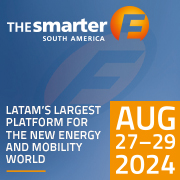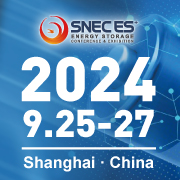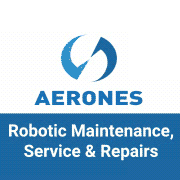In the race to produce the cleanest and most efficient forms of renewable energy, a vital point is often overlooked – that the renewables themselves need to become a lot more renewable. This theme emerged at a recent Energy Conference in London, with delegates hearing that the most advanced “renewable” technologies are too often based upon non-renewable resources.
{pagebreak}
Supratik Guha of IBM told the conference, organised by the Financial Times, that sales of silicon solar cells are booming, with 2008 being the first year that the silicon wafers for solar cells outstripped those used for microelectronic devices.
But although silicon is the most abundant element in the Earth’s crust after oxygen, it makes relatively inefficient cells that struggle to compete with electricity generated from fossil fuels. And the most advanced solar-cell technologies rely on much rarer materials than silicon.
The efficiency of solar cells is measured as a percentage of light energy they convert to electricity. Silicon solar cells finally reached 25 per cent in late December. But multi-junction solar cells can achieve efficiencies greater than 40 per cent.



























